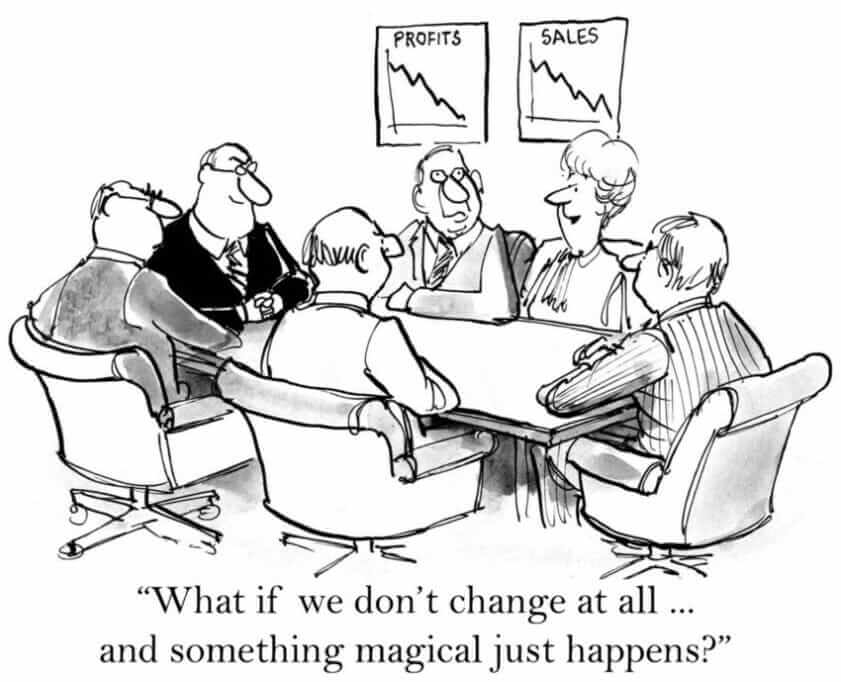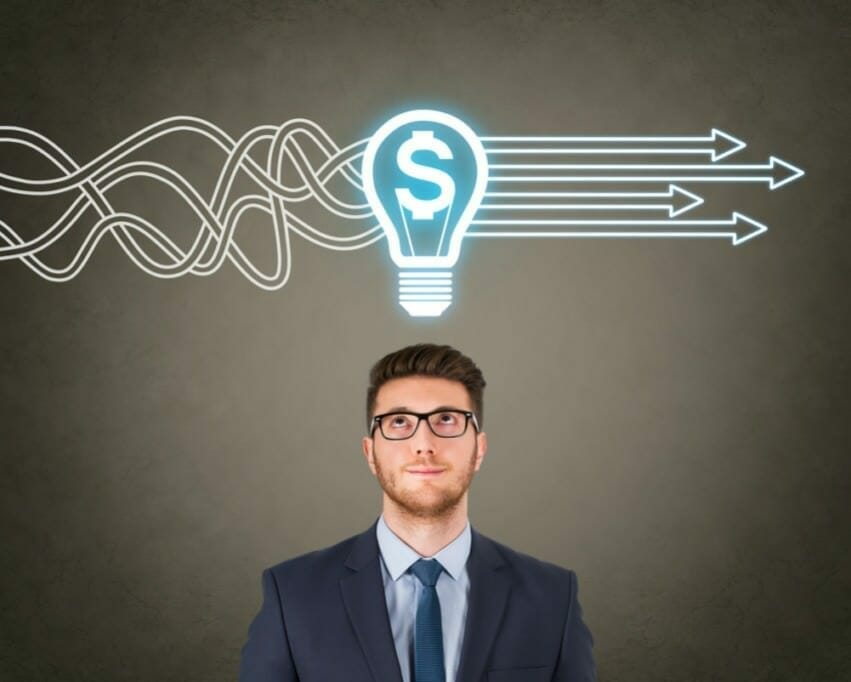For their successful, good life Information you really need: Government-funded publisher, awarded the Global Business Award as Publisher of the Year: Books, Shops, data-driven AI-Services. Print and online publications as well as the latest technology go hand in hand - with over 20 years of experience, partners like this Federal Ministry of Education, customers like Samsung, DELL, Telekom or universities. behind it Simone Janson, referenced in ARD, FAZ, ZEIT, WELT, Wikipedia.
Disclosure & Copyrights:
Photovoltaic Plants as a Fiscal Investment: Saving Taxes on Solar Cells?
By Reinhard Schinkel (More) • Last updated on October 07.11.2011, XNUMX • First published on 07.11.2011/XNUMX/XNUMX • So far 4823 readers, 1456 social media shares Likes & Reviews (5 / 5) • Read & write comments
The massive reduction of transport rates planned for 01.01.2012 for so-called solar power has frightened private investors. On the other hand, interesting decisions have recently been made which make it worthwhile to highlight this investment in a paper.

What is the feed-in tariff?
Depending on the actually installed Performance (Observation period 01.10.2010-30.09.2011)), the reduction in the subsidy rates will be at least 9%. Should the expansion of the photovoltaic systems continue to progress so massively, another reduction is planned for July 01.07.2012st, XNUMX.
The current feed-in tariff is 28,74 C/kwh (power of system up to 30KW). The table below shows the planned reduction clear: Degression of remuneration according to § 20 a EEG 2012
| Installed power in MW | to the 2012 * | to the 1.7.2012 ** |
| compared to the previous year in% | compared to 1.1.2012 in% | |
| 1500 | 1,5 | 0 |
| 2000 | 4 | 0 |
| 2500 | 6,5 | 0 |
| <3500 | 9 | 0 |
| > 3500 | 12 | 3 |
| > 4500 | 15 | 6 |
| > 5500 | 18 | 9 |
| > 6500 | 21 | 12 |
| > 7500 | 24 | 15 |
The fiscal framework
The date of commissioning is decisive for the compensation rate. The remuneration is guaranteed for the duration of 20 years. How, however, are the tax conditions?
With the generation and feeding of the solar power the investor achieves commercial income. In the case of so-called small-scale installations, no commercial tax is charged on the basis of the open-air ticket to the trade tax (24.500 € trade income).
The VAT
In terms of VAT, the investor acts as an entrepreneur. Below the sales limit of 17.500 € in the current year and 50.000 € in the past year, this can be treated as a small business in accordance with § 19 UStG.
Financially, however, that doesn't matter Sinn. On the one hand, the input tax deduction then goes out of the Investment lost (with a net investment of €15.000 that would still be €2.850 input tax), on the other hand the electricity companies pay the corresponding option Value added tax additionally off. This does not have to be calculated from the feed-in tariff.
Deductibility of additional costs?
What is to be done, however, if no space is available and an extraschuppen is installed for the operation of a solar system?
Here the BFH denies the operational connection, with the consequence that the acquisition costs for the shed can not be claimed as operating expenses for the income from the operation of a photovoltaic system.
Sales tax and roof leasing
An order of the Free State of Bavaria dated August 17.08.2011, XNUMX deals with the sales tax issue of leasing a roof to a photovoltaic system operator: The following principles must be observed:
If the leasing is carried out against a current remuneration for the roof, a sales tax exempt from sales is applied. In accordance with § 9 UStG, the option for value-added tax is possible for the roofing contractor.
For roofing
However, it is often the case that the roof is provided in exchange for a roof renovation carried out by the photovoltaic operator. For the Costs of the roof renovation, an immediate input tax deduction is possible for the tenant (operator). For the “free” provision of the roof renovation, the tenant has to pay tax free of charge.
The assessment basis is based on the duration of the lease and is to be applied to the duration of the benefit agreement in the case of an actual taxpayer (taxation according to fees collected):
An example
The tenant rehabilitates the roof for 20.000 € net. It can claim a deduction of 19% (3.800 €). The transfer is 25 years (300 months). For each month, the tenant has to tax an own consumption of 66,70 € (12,67 € value added tax drops).
The example shows a considerable liquidity advantage for the tenant as an actual taxpayer. If, however, this is a set-off taxpayer (taxation according to agreed charges), the delivery is to be taxed at the time of the completion in the amount of the costs (also 20.000 €, 3.800 € value-added tax).
Other income tax
If an investment is planned and can be made credible (binding order in 2011, installation in 2012), the investor can already claim tax loss in the year 2011 40% of the acquisition costs via the so-called investment withdrawal amount.
Since the asset is movable (so-called operating equipment), a special depreciation amounting to 20% of the acquisition costs (after commissioning) is also possible (§7g EStG).
Conclusion
If the private investor manages to purchase a photovoltaic system in 2011, the remuneration rates for the next 20 years are still very good for sure. But an investment made in 2012 can also be worthwhile for tax purposes due to the investment deduction if, for example, an exceptionally high profit is made in 2011.
The operation of a photovoltaic system should always be carried out with an option for value added tax, otherwise the deduction of input tax from the acquisition costs of the installation is lost.
Here writes for you
 According to the Handelsblatt, Reinhard Schinkel is one of Germany's best tax consultants and a specialist author for tax law. Schinkel was born in Berlin in 1970. Two days after being appointed as a tax consultant, he founded his own law firm in 2007 and embarked on the adventure of self-employment. Since 2009 he has published various books as a specialist book author. Since 2011 he has been writing monthly for the well-known business magazine Fuchsbriefe from Berlin, since 2016 his comments on the judgment have appeared in the magazine Agrarbetrieb. He is the managing partner in the tax consultancy company HSP STEUER Berlin Southeast according to the credo "Passionate tax consultant". More information at www.hsp-steuerberater-berlin-suedost.de All texts by Reinhard Schinkel.
According to the Handelsblatt, Reinhard Schinkel is one of Germany's best tax consultants and a specialist author for tax law. Schinkel was born in Berlin in 1970. Two days after being appointed as a tax consultant, he founded his own law firm in 2007 and embarked on the adventure of self-employment. Since 2009 he has published various books as a specialist book author. Since 2011 he has been writing monthly for the well-known business magazine Fuchsbriefe from Berlin, since 2016 his comments on the judgment have appeared in the magazine Agrarbetrieb. He is the managing partner in the tax consultancy company HSP STEUER Berlin Southeast according to the credo "Passionate tax consultant". More information at www.hsp-steuerberater-berlin-suedost.de All texts by Reinhard Schinkel.
3 responses to "Photovoltaic systems as a tax investment: Save taxes with solar cells?"
-
Sometimes I can't click the menu on your site - why is that?
-
#Blogpost Photovoltaic systems as a tax investment: Save money with solar cells?
-
Photovoltaic systems as a tax investment: Save taxes with solar cells ?: The 01.01….









Post a Comment